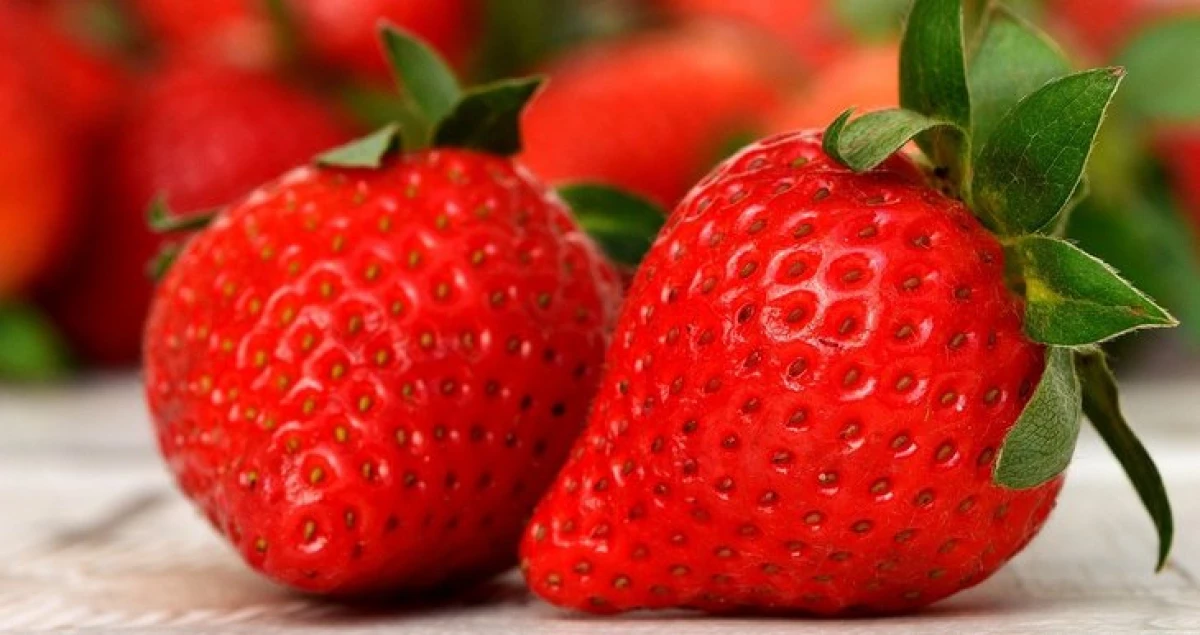
Scientists from the Agricultural Research Service of the US Department of Agriculture (ARS) make efforts to create new varieties of garden strawberries, resistant to fruit rot, and environmental methods of protection of culture.
Strawberries is a valuable culture in the USA, where the last time is growing demand for an organic berry. In this regard, ARS scientists focused their attention on the removal of varieties that have natural resistance to the rotting of fruits and give berries capable of staying fresh after harvesting.
"The selection of strawberries at the ARS enterprise in Beltsville, Maryland, is conducted since 1910, when our researchers discovered how to preserve the red strawberry even after canning or freezing. Strawberry plants developed by the US Department of Agriculture, in fact and served as the beginning of the Stubbberry Industry of the country. Now we are working on a reduction in the use of pesticides, both by eliminating stable plants and the introduction of new technologies, "said Kim Lewers genetics.
ARS helps promote technology with less environmental impact and human health for strawberry farmers.
Fumi Tatern, a gardener - researcher now, together with colleagues from the industry, develops a car that needss the need for pesticides. The equipment works, directing ultraviolet (UV) light on plants and their pests at night.
"Ultraviolet radiation kills microorganisms and arthropod pests, damaging their DNA," explained to the tacket. - Ultraviolet is usually used to destroy microorganisms during air sterilization in hospitals, laboratories, water treatment plants and in the processing of meat and poultry products.
The use of ultraviolet light in crop production was limited, because the doses necessary for the destruction of plant pathogens usually cause damage to plants, such as leaf burns and colors and defoliation. Our study was aimed at developing economically justified methods for processing ultraviolet, which have high efficiency to combat disease and pests without damage to plants. "
Takeda and his colleagues found that the processing of strawberries at night allows them to use much lower doses of ultraviolet radiation to effectively destroy target pathogens and pests, without damaging the strawberry plants. As a result, an eco-friendly strawberry farm is obtained, which gives a harvest of one of the most marginal berry crops.
(Source: www.usda.gov).
